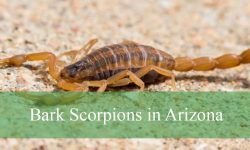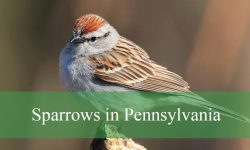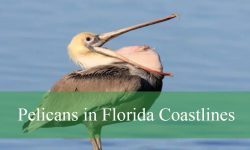Few sights on Minnesota’s lakes and rivers are as striking as a swan gliding through the water. Their elegance, size, and snowy white wings capture the attention of anyone lucky enough to see them.
Each year, Minnesota becomes a seasonal home or permanent refuge to several swan species—some native, others rare visitors. These birds bring beauty to the landscape and offer a unique glimpse into the rhythms of migration and survival.
This article explores five types of swans you can find across the state. From the familiar Trumpeter Swan to lesser-known international guests, you’ll discover key ID features, behavior patterns, and the best places to spot them.
Different Types of Swans in Minnesota
Trumpeter Swan (Cygnus buccinator)

The Trumpeter Swan is North America’s largest native waterfowl and a true conservation success story in Minnesota. These elegant birds can reach lengths of over 5 feet with a wingspan stretching up to 8 feet and can weigh as much as 30 pounds, making them the heaviest flying birds in the continent. Covered in entirely white plumage, they have a long, graceful neck and a black bill that merges smoothly with the black skin around their eyes, giving them a clean, sleek appearance. They are named for their loud, trumpet-like call, which can carry for miles across wetlands and lakes.
In Minnesota, Trumpeter Swans are found year-round, especially in the northern and central parts of the state. Restoration programs in the late 20th century have helped their numbers rebound dramatically, and they now breed across lakes, marshes, and slow-moving rivers. They prefer habitats with abundant aquatic vegetation, which they use for nesting and feeding. During winter, they gather in open-water areas kept ice-free by power plant outflows, such as in Monticello. Their large, floating nests are built with plant material and usually located on small islands or dense reed beds.
These swans are herbivores, primarily feeding on aquatic plants like pondweed, wild celery, and algae. They feed by dipping their long necks underwater to reach submerged vegetation, often creating a graceful arch. Occasionally, they may graze on land or dabble in shallow water. Unlike other birds, Trumpeter Swans rarely dive and instead rely on shallow foraging. They are not predators and are mostly peaceful, though they will aggressively defend their nesting territory from other waterfowl or intruders.
A fun fact about Trumpeter Swans is that despite their huge size, cygnets (baby swans) weigh only about 7 ounces at hatching. In flight, their massive wings make a rhythmic whooshing sound that is almost musical. These majestic birds nearly disappeared from the lower 48 states in the early 1900s due to overhunting and habitat loss, but now, thanks to conservation efforts, Minnesota holds one of the largest populations in the U.S.
Tundra Swan (Cygnus columbianus)

The Tundra Swan is a graceful, migratory species that passes through Minnesota in large flocks during spring and fall. Smaller than the Trumpeter Swan, the Tundra Swan typically weighs between 13 and 20 pounds, with a wingspan of up to 6.5 feet. Their plumage is entirely white, and they have black legs and a black bill often marked with a small yellow spot near the eye—though this marking is not always present. In flight, they produce soft whistling calls that sound like “woo-hoo,” leading to their nickname “whistling swan.”
During migration, Tundra Swans stop over in southeastern Minnesota, particularly along the Mississippi River near Weaver Bottoms and the Upper Mississippi River National Wildlife Refuge. These birds breed in the high Arctic tundra of Canada and Alaska, nesting near lakes, ponds, and wetlands. When in Minnesota, they favor open water areas, shallow lakes, and large wetlands with plenty of aquatic plants. They typically travel in family groups or large flocks numbering in the hundreds, creating spectacular viewing opportunities for birdwatchers in autumn.
Their diet consists mostly of submerged and emergent vegetation, including roots, stems, and tubers of aquatic plants. Tundra Swans are excellent foragers and use their long necks to reach deep vegetation beneath the surface. They occasionally feed in agricultural fields during migration, consuming leftover grains and corn. These swans are known for their long-distance flights, sometimes flying more than 3,000 miles in one migration cycle without stopping for rest.
A fun fact about Tundra Swans is that they form strong pair bonds and often mate for life. Their young, called cygnets, migrate south with their parents and stay with them for the first year of life. Every fall, thousands of Tundra Swans pass through Minnesota, turning the sky white and filling the air with their haunting, flute-like calls—a magical moment in the state’s wildlife calendar.
Mute Swan (Cygnus olor)

Mute Swans are a non-native species in Minnesota, originally introduced from Europe for ornamental purposes in parks and estates. While visually striking, they are considered invasive due to their tendency to outcompete native species and disrupt local ecosystems. Mute Swans are slightly smaller than Trumpeter Swans, weighing between 20 and 27 pounds, with a wingspan of around 7 feet. They are recognized by their striking orange bill and a pronounced black knob at the base of the bill, a feature not found on native North American swans. Despite the name, Mute Swans are not truly silent—they emit low grunts, snorts, and hisses.
Although rare in Minnesota, Mute Swans have been sighted near urban lakes and ponds, particularly around the Duluth area and the Twin Cities. They prefer slow-moving or still water bodies with abundant vegetation, such as city parks, reservoirs, and private estates. In Minnesota, these swans do not have an established breeding population, but their presence is monitored by wildlife officials due to their negative ecological impact, including aggression toward other birds and overgrazing of aquatic vegetation.
Mute Swans are herbivores and primarily feed on submerged aquatic plants. They use their long necks to forage underwater, often leaving behind muddy areas devoid of vegetation. They are known to be highly territorial and will defend their nesting and feeding areas aggressively, even attacking humans or boats that venture too close. Their nests are large and made of reeds, cattails, and grasses, typically built in shallow water or on small islands.
A fun fact about Mute Swans is that they were long considered a symbol of elegance and romance in European art and culture, often associated with ballet and royal imagery. However, in the U.S., including Minnesota, their story is more controversial due to their invasiveness. Wildlife agencies often encourage the removal or reporting of Mute Swan sightings to protect native wetland biodiversity.
Whooper Swan (Cygnus cygnus)
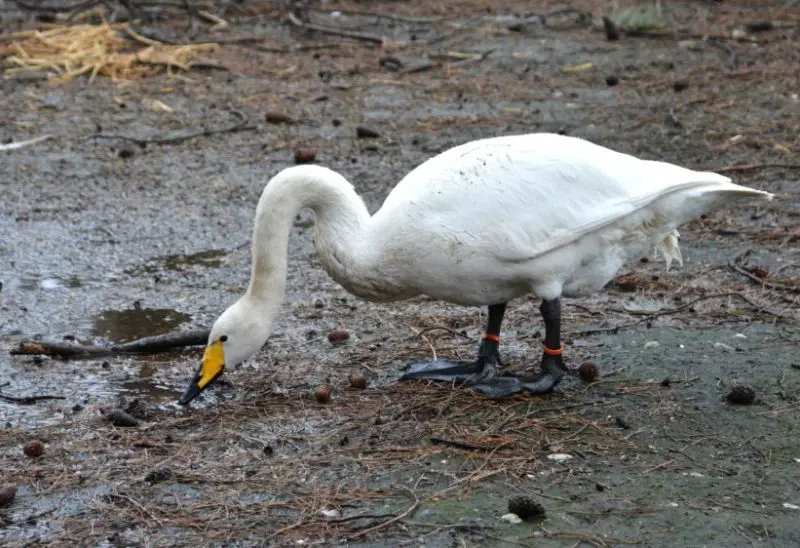
The Whooper Swan is a rare and exotic visitor to Minnesota, more commonly found in Eurasia where it breeds in Iceland, Scandinavia, and northern Russia. It is one of the largest swan species, rivaling the Trumpeter Swan in size, with a wingspan up to 9 feet and a weight of 22–26 pounds. The plumage is pure white, and the bill is distinctive: black at the tip with a large, banana-shaped yellow patch extending toward the face. Whooper Swans are highly vocal, with deep, bugling calls that echo through open landscapes, similar in volume to Trumpeter Swans but with a slightly different tone.
Although native to the Old World, Whooper Swans have been recorded on rare occasions in North America, including isolated reports in Minnesota. These occurrences are typically attributed to vagrants or escapees from captivity. When sighted, they are usually found in similar habitats to other swans—shallow lakes, ponds, and wetlands with ample aquatic vegetation. Due to their rarity in Minnesota, sightings are considered exciting events for experienced birders.
Their feeding behavior is much like that of other swan species. They consume aquatic plants, roots, and tubers, foraging in shallow water or grazing on land. Whooper Swans are not predators but may act aggressively toward other waterfowl when threatened. They form strong pair bonds and are often seen swimming or flying in pairs or small family groups. Unlike more familiar migratory swans in Minnesota, Whooper Swans do not have a regular migration route through the state.
A fun fact about the Whooper Swan is that it’s the national bird of Finland and appears in several European myths and folk songs. In migration, flocks can fly in synchronized V-formations across vast distances, creating a striking visual display. Although not native to Minnesota, every sighting of a Whooper Swan here becomes a notable record among the birding community.
Bewick’s Swan (Cygnus bewickii)
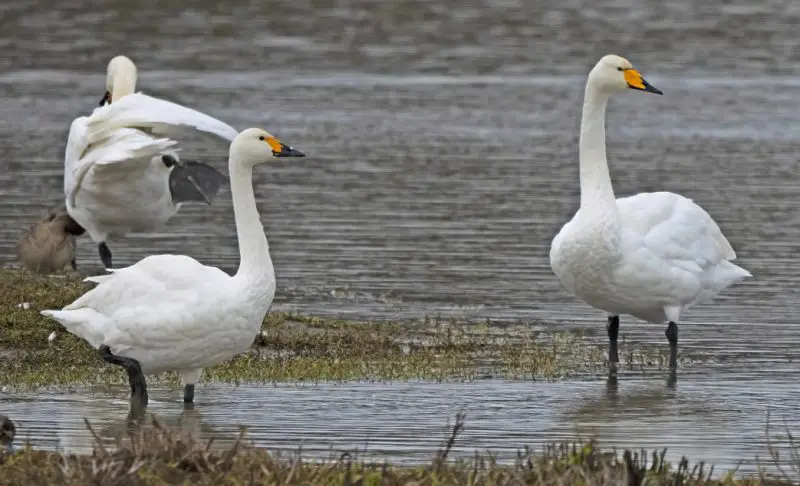
Bewick’s Swan is the smallest of the “white swans” and is a subspecies of the Tundra Swan, primarily found in Eurasia. Adults weigh between 10 and 15 pounds with a wingspan of around 6 feet. Their appearance is similar to Tundra Swans but distinguishable by a more rounded head and a different bill pattern—yellow at the base and black toward the tip. Their calls are soft and musical, described as “barking” or “yodeling” in flocks. Though very rare in North America, occasional records exist of Bewick’s Swans appearing far outside their typical range, including unconfirmed sightings in Minnesota.
Due to their Eurasian range, Bewick’s Swans are not regularly found in Minnesota. However, ornithologists sometimes include them on North American swan lists as possible rare visitors or escapees from captivity. If present, they would likely be seen in the same types of habitats used by other swan species—marshy lakes, river valleys, and wetlands with good aquatic plant diversity. Their small size and elusive nature make them difficult to spot among large migratory flocks.
Feeding largely on submerged vegetation, Bewick’s Swans also graze on grasses during migration. They are social and often forage in small family groups. These swans are migratory and travel from Siberia to wintering grounds in Europe and parts of Asia. They are not predators and avoid conflict when possible, though like other swans, they defend their territory vigorously during breeding season.
A fun fact about Bewick’s Swans is that each bird’s bill pattern is unique, much like a human fingerprint. This trait allows researchers to identify individuals and track their life histories in the wild. Though not a common sight in Minnesota, the mere possibility of a Bewick’s Swan appearing adds excitement and curiosity to birding checklists in the state.
FAQs About Swans in Minnesota
What types of swans are most common in Minnesota?
The most common swans in Minnesota are the Trumpeter Swan and the Tundra Swan. Trumpeter Swans are native, year-round residents that nest and breed across the state, especially in the north. Tundra Swans are seasonal migrants that pass through in large flocks during spring and fall.
Are Mute Swans native to Minnesota?
No, Mute Swans are not native to Minnesota. They were introduced from Europe for ornamental purposes and are now considered an invasive species due to their aggressive behavior and negative impact on local ecosystems. Sightings are rare but closely monitored by wildlife agencies.
When is the best time to see swans in Minnesota?
Fall and spring are the best times to observe large numbers of swans, especially Tundra Swans during migration. Trumpeter Swans can be seen year-round, particularly in winter near warm-water areas such as Monticello, where they gather in large numbers.
Do swans nest in Minnesota?
Yes, especially Trumpeter Swans, which build large floating nests on lakes and wetlands. They begin nesting in early spring, and cygnets hatch by late May or early June. Tundra Swans do not nest in Minnesota; they breed far north in the Arctic.
What do swans eat in Minnesota?
Swans in Minnesota are primarily herbivores, feeding on submerged aquatic vegetation such as pondweed, wild celery, and algae. During migration, Tundra Swans may also feed on waste grains in agricultural fields.
Are swans dangerous?
While not predators, swans—particularly Mute Swans and Trumpeter Swans—can be territorial and aggressive during nesting season. They may hiss, flap their wings, or charge if they feel threatened, especially when defending eggs or cygnets.
Can I report a swan sighting in Minnesota?
Yes, especially if you spot a Mute Swan or a rare visitor like a Whooper Swan. Reporting helps state wildlife officials monitor populations and track invasive or unexpected species. You can contact the Minnesota DNR for guidance.
Are there any rare swan species in Minnesota?
Yes, although rare, Whooper Swans and possibly Bewick’s Swans have been recorded in Minnesota. These are Eurasian species and may appear as vagrants or escapees. Sightings are considered significant by the birding community.
Why are Trumpeter Swans important to Minnesota?
Trumpeter Swans represent a major conservation success. Once extirpated from the state, they were reintroduced and now thrive in many parts of Minnesota. Their recovery is a symbol of effective wildlife management and habitat restoration.
Where can I go to see swans in Minnesota?
Top spots include the Mississippi River near Weaver Bottoms, Monticello’s Swan Park, and various lakes and wetlands in central and northern Minnesota. Visiting during migration season or in winter gives you the best chance to see large flocks.


